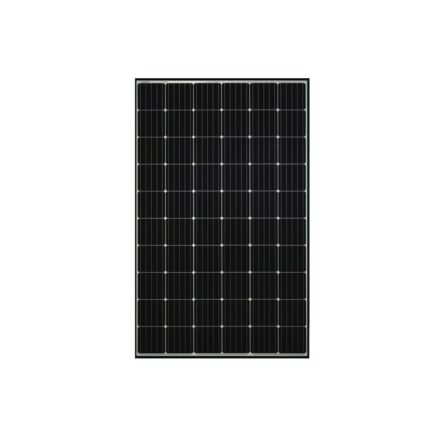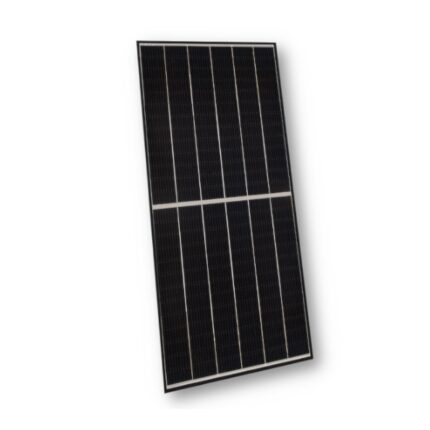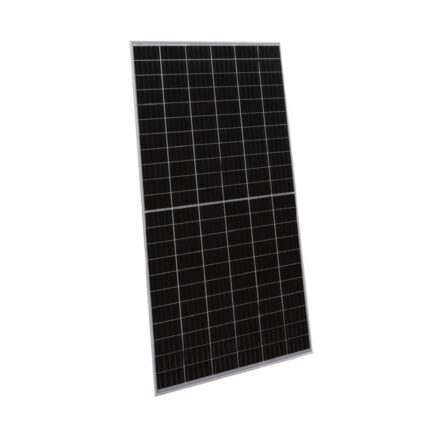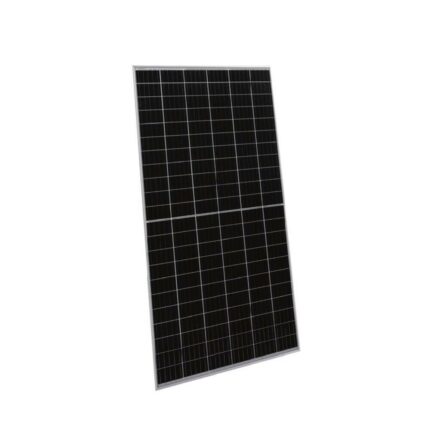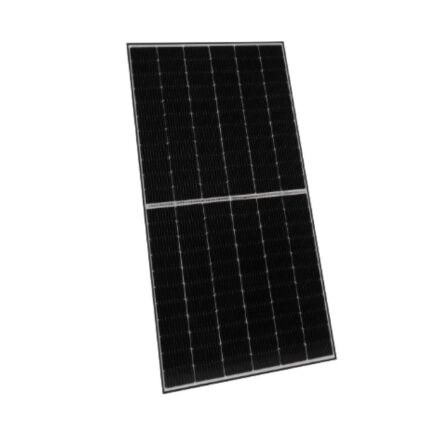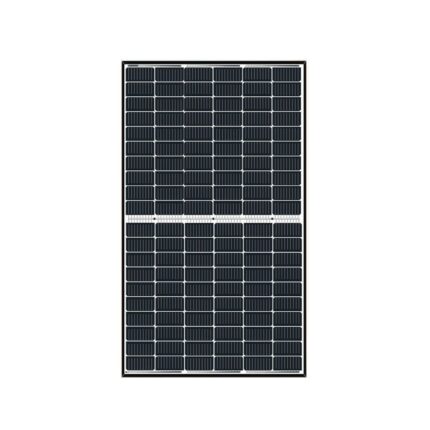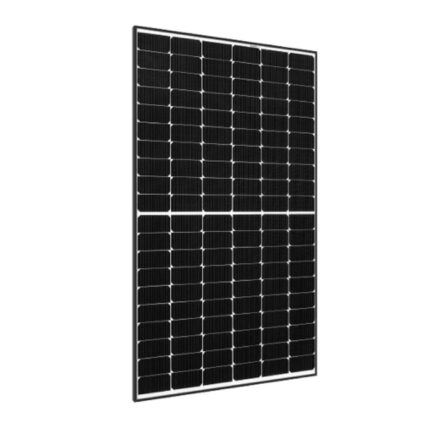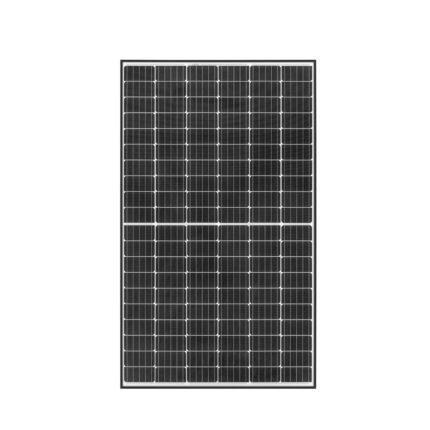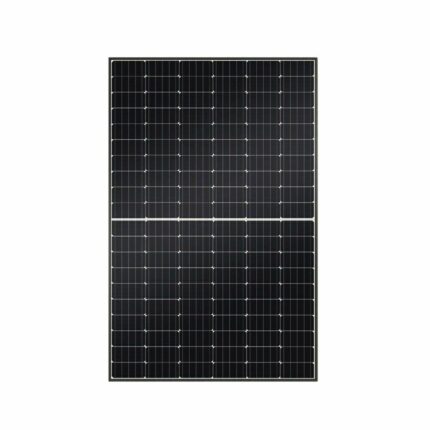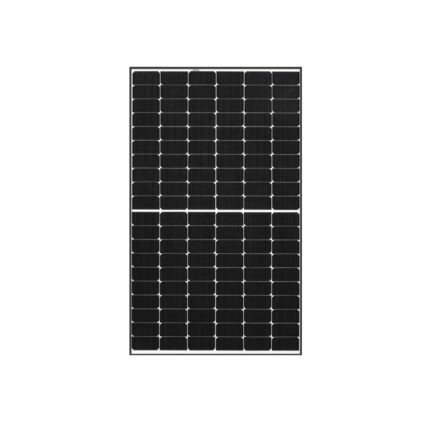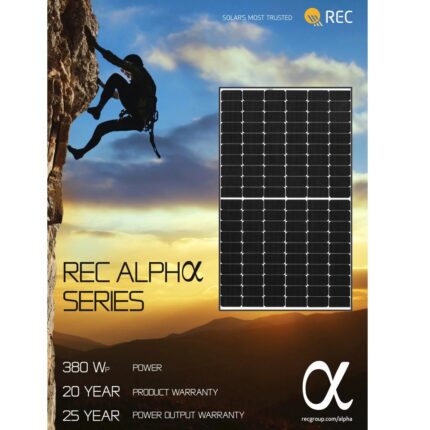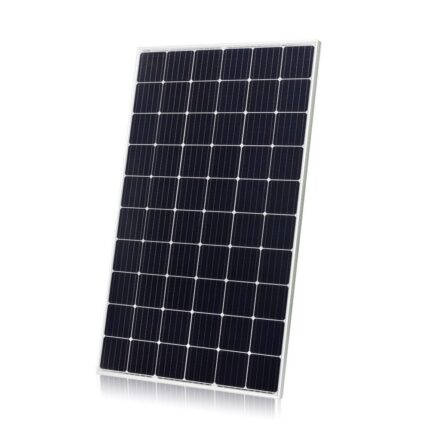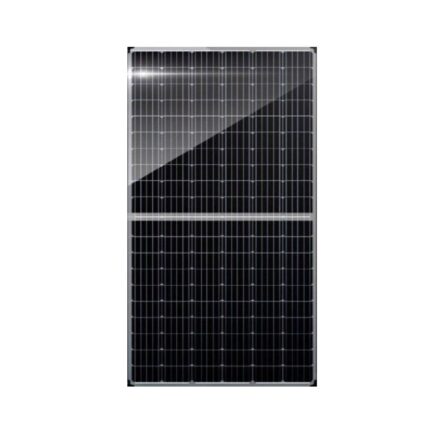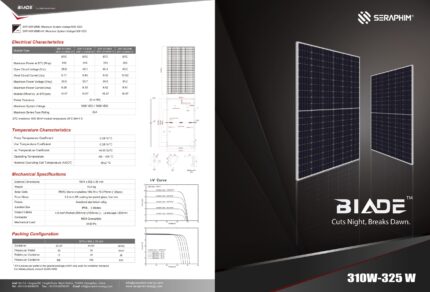Monocrystalline solar panels are essential components in solar energy systems, converting generated direct current (DC) from sunlight into usable alternating current (AC). These panels are crucial for optimizing solar installation performance. Let's delve into the realm of monocrystalline solar panels and their pivotal role in maximizing solar energy utilization.
These solar panels are crafted from a single crystal structure, offering advantages in efficiency and space utilization. Monocrystalline panels exhibit a sleek black appearance, blending seamlessly into various environments. The uniform composition of these panels enhances their overall efficiency in converting sunlight into electricity.
Monocrystalline solar panels stand out for their superior efficiency compared to other panel types. The single-crystal structure allows for a more efficient movement of electrons, resulting in higher energy conversion rates. This efficiency is particularly beneficial in situations with limited space, where maximizing power output per square meter is crucial.
The technological advancements in monocrystalline solar panels contribute to their enhanced performance. These panels often incorporate advanced anti-reflective coatings, improving light absorption and increasing energy production. Additionally, innovations in the production process have led to reduced manufacturing costs, making monocrystalline panels more cost-effective.
Installation of monocrystalline solar panels is straightforward. Proper placement is essential to maximize exposure to sunlight. The panels can be mounted on rooftops or integrated into solar farms, providing flexibility in deployment. Installers adhere to safety guidelines to ensure secure installation and grounding.
Regular maintenance is key to ensuring the longevity and efficiency of monocrystalline solar panels. Routine checks and cleaning procedures help maintain optimal performance. In the event of malfunctions, efficient procedures for component replacement are in place. Monocrystalline panels typically come with warranty conditions and accessible technical support.
The economic viability of monocrystalline solar panels is a critical consideration for consumers. Understanding the initial costs and payback period helps consumers plan their investment. Calculating energy savings and cost-effectiveness provides insights into the financial benefits. Long-term financial gains reinforce the viability of investing in high-quality monocrystalline solar panels.
Financial incentives, such as subsidies and tax benefits, further contribute to the appeal of monocrystalline solar panels. Various financing and credit programs make purchasing these panels accessible to a broader audience. Programs allowing users to exchange excess energy with the grid contribute to financial benefits.
As technology evolves, monocrystalline solar panels continue to witness continuous improvements. Ongoing research focuses on increasing efficiency and reducing production costs. Integration with energy storage systems further enhances overall system capabilities. The influence of global trends continues to shape the future of monocrystalline solar panels, reflecting a commitment to sustainable energy solutions.
In conclusion, monocrystalline solar panels play a vital role in solar energy systems, offering superior efficiency and performance. Their sleek design, coupled with technological advancements, makes them a preferred choice for those seeking optimal energy conversion. Considerations of functionality, safety, and economic viability contribute to a greener and more energy-efficient future with monocrystalline solar panels.


